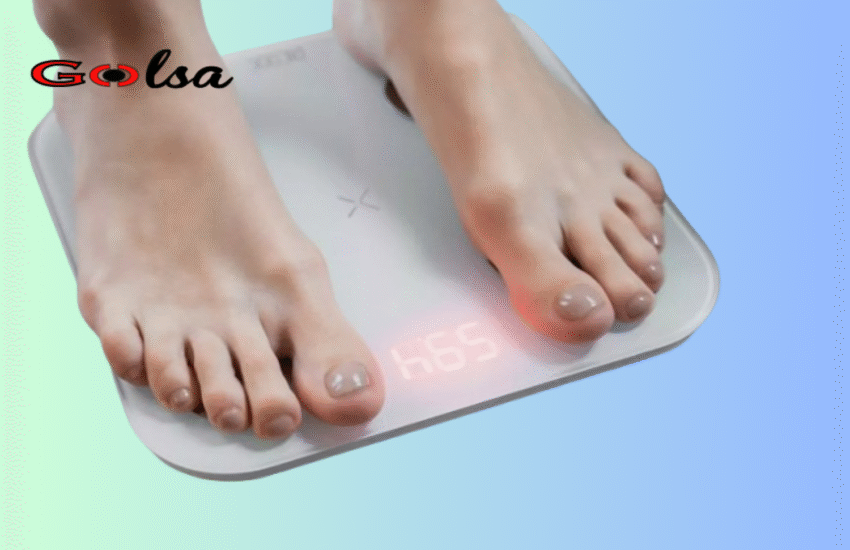How Your Sleeping Position Affects Your Health
Title: The effect of sleeping positions on your health
If you’re having trouble sleeping at night, experts suggest the position you fall asleep in may be a contributing factor. Developing a preferred sleeping position is common, as good sleep is vital to refreshing the body and promoting overall health.
Many studies recommend 7 to 9 hours of nightly sleep for adults, although individual needs may vary. While a comfortable sleeping environment is crucial, the way you sleep can also greatly impact the quality of your rest.
Consultant orthopedic surgeon Andrew Doody from the Fleet Street Clinic stresses the importance of finding the right sleeping positions to relieve back pain. He points out that having more than one position can prevent staying in the same position for long periods.
According to Doody, although there is no one-size-fits-all ideal posture, alignment of the head, shoulders and hips is key. It is generally recommended to sleep on the back or side to achieve this alignment.
Sleeping on the back:
Lying on your back is one of the best positions for a healthy back. It ensures proper alignment of the spine, evenly distributing weight and reducing pressure points. For individuals with lumbar problems, a pillow under the knees can enhance comfort by gently flexing the spine.
Fetal position:
Many people naturally assume the fetal position, lying on their side with their knees pulled toward their chest. This mode can be useful for those with disk problems. Using a firm pillow between the knees prevents the upper leg from falling forward, and keeps the spine, hips and pelvis aligned.
Side sleeping:
Nearly 60% of people prefer to sleep on one side, especially the elderly or those with certain health conditions. While side sleeping can relieve pain, it may lead to shoulder discomfort and facial wrinkles. It is recommended to alternate sides regularly.
Sleeping on the Tummy:
Stomach sleeping is not recommended because it puts excessive pressure on the back and can lead to overextension. If necessary, individuals can use a pillow under the stomach to relieve pressure. This position is not ideal because of the pressure it puts on your neck, shoulders, and back.
Sleeping reclining:
For individuals who struggle with the above-mentioned positions, the reclined position may be something worth trying. This is especially beneficial for people with conditions such as spondylolisthesis, who find comfort sleeping in a chair-like position. Specialized beds are available to slightly mimic a sitting position.
In conclusion, understanding and choosing the appropriate sleeping position can significantly impact overall health and contribute to a more restful night’s sleep.



